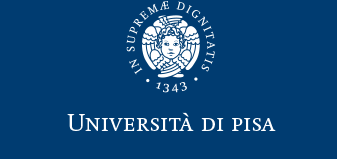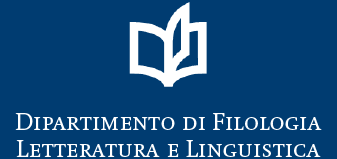How speech perception and orthographic knowledge interact in the acquisition of a second language
In the present talk, I briefly present the experimental findings of a study performed in collaboration with Chao Zhou (University of Lisbon), where Mandarin native speakers had to repeat the Portuguese tap /ɾ/ in intervocalic position in nonce words under two conditions, once after having only heard the words, and in the second condition simultaneously being presented with a written form. In the first condition, the participants replaced the tap in the majority of cases by [l], sometimes by a plosive, while in the second condition several participants replaced the tap by the Mandarin rhotic [ɻ], which is represented in Pinyin with the same letter <r> as the Portuguese tap. These results show that orthographic and auditory information interact in the initial stages of L2 acquisition.
To account for these findings, I then introduce the model of bidirectional phonetics and phonology (Boersma 2007) and its extension with a reading grammar (Hamann & Colombo 2017). Together, they provide the means to formalize the mapping of auditory and orthographic information onto phonological representations, and the possible competition between these two types of mappings.

